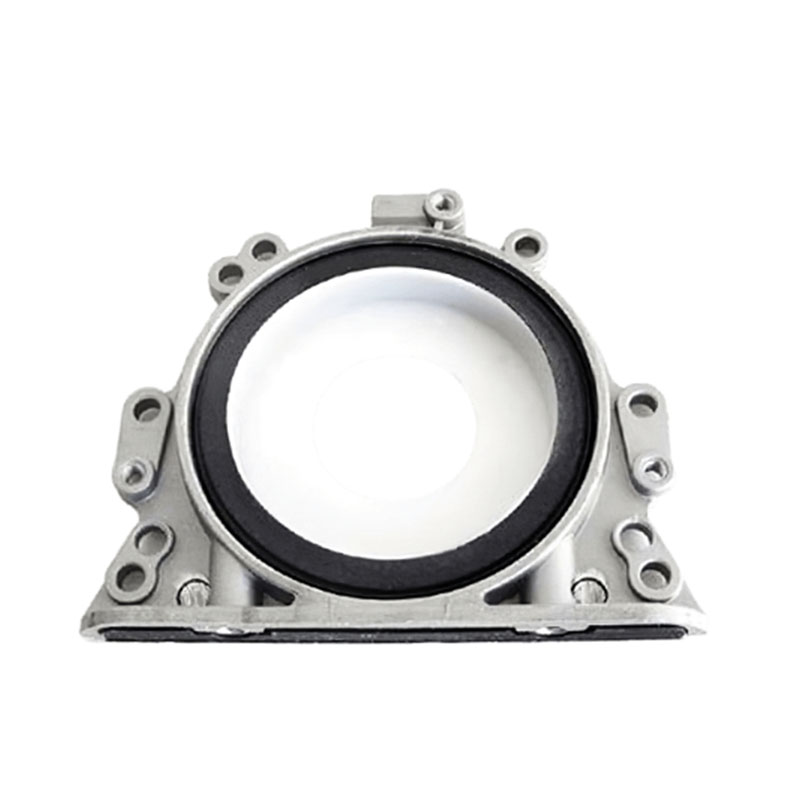Different Types of O-Ring Seals and Their Applications in Various Industries
Understanding O-Ring Seal Types A Comprehensive Overview
O-rings are one of the most vital components in various mechanical systems, widely used for sealing purposes. They are versatile, simple in design, and effective in preventing the leakage of fluids or gases. Understanding different O-ring seal types is essential for engineers and technicians to select the right materials and designs for specific applications. This article delves into the various types of O-ring seals, their materials, applications, and essential considerations during selection.
Types of O-Ring Seals
O-rings can be categorized based on their profile and sealing method. The most common types include
1. Standard O-Rings These are circular rings designed to fit into a groove. Standard O-rings use compression to create a seal and can accommodate a range of tolerances. They are made in accordance with specific standards such as AS568.
2. Backup Rings Used in conjunction with O-rings, backup rings prevent extrusion of the O-ring seal in high-pressure applications. They are typically made of harder materials than standard O-rings to provide support.
3. Quad Rings Also known as X-rings, quad rings have a square cross-section and provide a better seal than standard O-rings in certain applications. They are particularly effective in dynamic sealing environments, reducing friction and wear.
4. Hollow O-Rings Designed for applications that may require some degree of flexibility or buoyancy, hollow O-rings can handle applications where traditional solid O-rings might falter.
5. Specialty O-Rings These seals are customized for unique applications, featuring various shapes and sizes tailored to specific design requirements.
O-Ring Materials
The material of the O-ring is crucial as it affects the performance, durability, and suitability for different environments. Common materials include
- Nitrile Rubber (Buna-N) This is one of the most widely used materials due to its excellent oil and fuel resistance. It is suitable for applications within a temperature range of -40°F to 250°F.
o ring seal types

- Fluoroelastomer (Viton) Known for its extreme resistance to heat, oils, and chemicals, Viton is perfect for high-temperature applications, functioning well up to 400°F.
- Silicone Rubber Silicone O-rings are known for their flexibility and resistance to extreme temperatures, from -80°F to 450°F. They are often used in food, medical, and aerospace applications.
- Polyurethane This material offers excellent wear resistance and elasticity, making it suitable for dynamic applications
.- EPDM (Ethylene Propylene Diene Monomer) Ideal for water and steam applications due to its superior resistance to heat, ozone, and weather conditions, EPDM O-rings can operate effectively up to 300°F.
Key Considerations for Selection
When selecting an O-ring, several factors must be considered to ensure optimal performance
- Temperature Range Determine the operating temperature of the application. The selected O-ring material must withstand the extremes without degrading.
- Pressure Conditions Understanding the pressure within the system is crucial. O-rings must be selected based on whether they will be in low or high-pressure environments.
- Chemical Compatibility The O-ring material must be compatible with the fluids or gases it will encounter, as certain materials can degrade or swell when exposed to certain substances.
- Sizing and Tolerances Accurate measurements of the groove and the O-ring are essential. Proper sizing ensures that the O-ring will fit correctly and function effectively.
Conclusion
O-rings play a pivotal role in ensuring the integrity of various mechanical systems. With a wide array of types and materials available, careful consideration must be given to the selection process. Understanding the different seal types and their applications enables engineers to enhance the reliability and efficiency of their designs, mitigating the risk of failures due to leakage or seal degradation. Whether in industrial machinery, automotive engines, or household appliances, O-rings are more than just circular pieces of rubber—they are indispensable elements in the world of engineering.
-
Simplifying Oil Changes: A Comprehensive Guide to Oil Drain Plugs and Their Variants
News Aug.04,2025
-
Mastering Oil Drain Maintenance: Solutions for Stripped, Worn, and Upgraded Oil Plugs
News Aug.04,2025
-
Fixing Oil Pan Plug Issues: Leaks, Stripped Nuts, and the Right Replacement Solutions
News Aug.04,2025
-
Everything You Need to Know About Oil Drain Plugs: Sizes, Fixes, and Upgrades
News Aug.04,2025
-
Choosing the Right Oil Drain Plug: A Guide to Sizes, Materials, and Drain Innovations
News Aug.04,2025
-
A Complete Guide to Automotive Drain Plugs: Types, Problems, and Innovative Solutions
News Aug.04,2025
-
The Ultimate Guide to Car Repair Kits: Tools and Essentials Every Driver Should Own
News Aug.01,2025
Products categories















